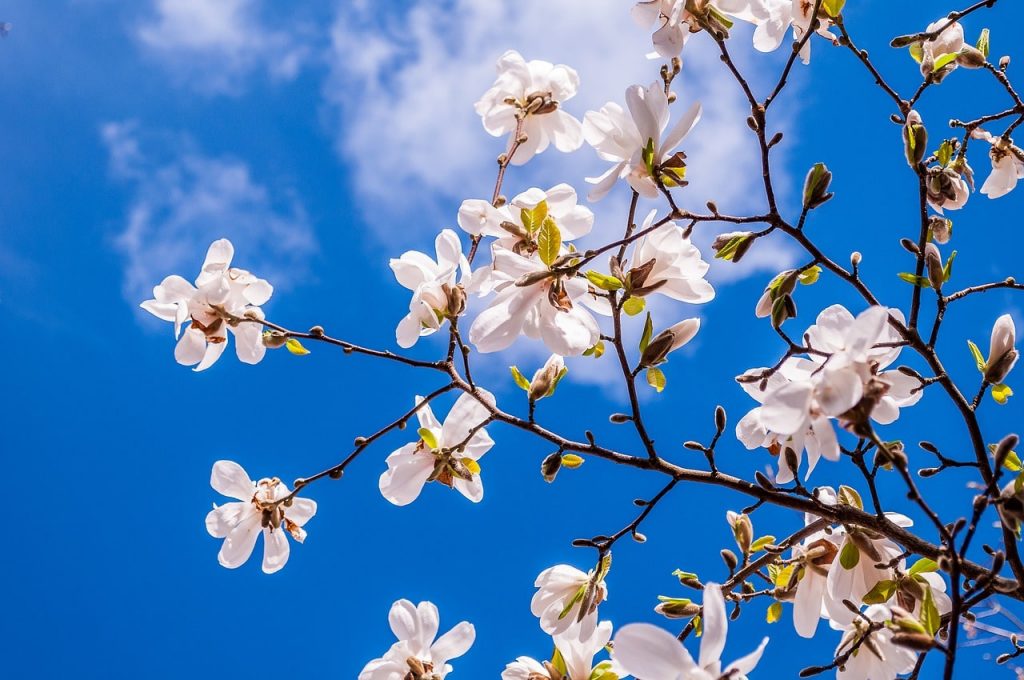
Gout and seasonality. Are gout attacks seasonal? And, if so, what are the provoking factors that make them so? Read on to discover what some experts believe to be the worst season for gout and the meteorological reasons behind it.
Gout and Seasonality
First, do you recognize this?…
“To everything turn, turn, turn
There is a season turn, turn, turn
And a time to every purpose
Under heaven”
That’s the first verse of “Turn! Turn! Turn! (To Everything There Is a Season)” written by Pete Seeger in the late 1950s and recorded by himself and other artists over the years: perhaps the best known version being the Byrds’ one, released in 1965.
But, apart from “turn, turn, turn” and the final two lines of the song, the words are largely taken from the first eight verses of the third chapter of the Book of Ecclesiastes as laid out in the King James Bible.
The biblical text, and thus Seeger’s song, tells us that there’s a time, a season, for everything.
That got me thinking…is there a time for gout then? Does gout have its season too?
Well, according to some experts, it does…
The Worst Season for Gout
A prospective multicenter study published in the Journal of Korean Medical Science concluded that the most common season and month for gout attacks in Korea are spring and March respectively.
Hyo Jin Choi and colleagues enrolled 205 gout patients — being treated at nine rheumatology clinics in South Korea — and followed their progress for a full year.
They tracked demographic data, gout medications, incidences of gout attacks, uric acid levels, food and drinks consumption, exercise and even meteorological factors, such as daily temperatures, humidity, windspeed and daylight hours.
According to their data, gout attacks are more common in spring, closely followed by winter: 43.4% of all gout attacks occur in spring, 37.6% in winter, 10.7% in summer and 8.3% in fall.

Weather is a Provoking Factor for Gout Attacks
The authors discovered that gout attacks are associated with temperature changes on the day of the attack and humidity changes from the day before the attack to the day of the attack.
The data showed that the average temperature change on the day of an attack was highest in spring at 9.8 °C, followed by winter at 9.3 °C, fall 8.6 °C and summer 7.1 °C.
The average change in humidity (from the day before to the day of an attack) was also highest in spring with a 3% change, then summer with a 0.3% change, -0.9% in fall and -1.2% in winter.
Both average temperature changes and average humidity changes were highest in spring, with humidity changes being significantly higher in spring than the other seasons.
The authors concluded that:
“…diurnal change in temperatures and change in humidity are associated with gout seasonality in this study and are provoking factors of gout attacks.”
[Note: Diurnal temperature change means the difference between the maximum and minimum temperatures within one day.]
But this study was carried out in Korea. What about other geographic regions?
Many other studies have concluded that spring is the worst season for gout.
Many studies in other parts of the world have also pinpointed spring as being the worst season for gout.
For example, a study of 359 patients with gout in the USA, by N. Schlesinger and colleagues, found that acute gout attacks were more common in spring with 32% of all attacks, followed by fall at 25%, then summer with 23% and winter 20%.
Another study of gout incidences over an eight year period at the General Hospital of Ferrara in Italy, by M. Gallerani and colleagues, concluded that spring has the highest incidences of gout attacks (32.6%).
Kyu Yong Park and colleagues reviewed the data from 10 different seasonal gout studies in the northern hemisphere and concluded that:
“Acute gouty arthritis seems to develop more frequently during the period in which the temperature increases significantly between neighboring days: spring by season and between March and July by month in the northern hemisphere.”
But others have identified summer as being gout’s worst season.
Some studies have concluded that summer has the most incidences of gout.
For example, a UK retrospective study used general practice surveillance data (1994 – 2007) for England and Wales. They concluded that gout is seasonal and the peak season for gout is summer.
Another study tracked colchicine prescriptions dispensed in England between December 2014 and November 2019. It concluded that:
“Seasonal trends in colchicine prescribing closely mirror previously observed seasonal trends in acute gout incidence providing further evidence that acute gout demonstrates seasonality and, in England, is more common in the summer.”
So it seems that gout is seasonal but the actual season may depend on the geographic region.
How do seasonal changes increase the risk of gout?
What isn’t clear from these studies is why gout is seasonal. What’s the mechanism?
Some of the current thinking is that people change their eating and drinking habits in line with temperature and humidity.
Another possibility is that, as we perspire during hot and humid weather, we lose bodily fluid and become dehydrated. This, in turn, reduces uric acid excretion through urine and so increases uric acid levels and the risk of gout.
Yet another is that, in someone with already high uric acid levels (perhaps as a result of dehydration), sudden large drops in temperature (especially during the night) can aid uric acid crystallization, thus triggering a gout attack.
However, more in-depth research is required to fully understand the underlying biological mechanisms.
Concluding Remarks
Although gout seems to be seasonal — perhaps varying by geographic location — we shouldn’t get too complacent. Gout attacks can happen at any time of the year. So we need to keep our guard up at all times. Excruciating pain is excruciating pain whatever the season!



